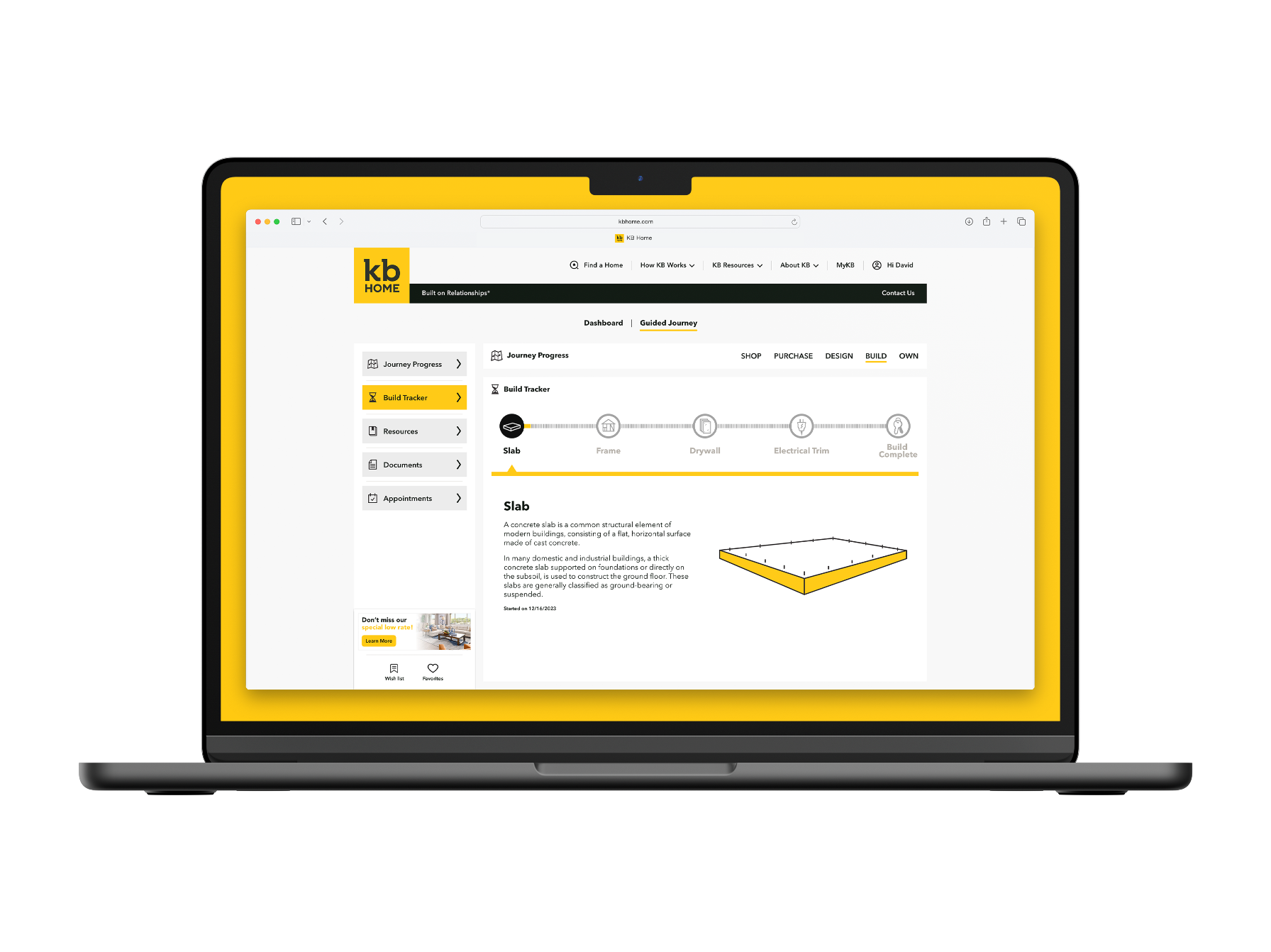
Our new homes include WaterSense® fixtures to maximize efficiency, reduce consumption, and help save you money. On average, our water-efficient features help homeowners save annually on their utility bills when compared to homes that lack these features.
Most of us generally use a lot of water in our households every day. To help you conserve this precious natural resource and continue to save on utility bills all year long, check out these useful tips and maintenance steps:
Choosing fixtures
Look for the WaterSense label when you replace faucets, faucet aerators, showerheads, and even your toilet. These products can save you at least 20% on water usage compared to average products in this category.
Appliances
Limit using dishwashers and washing machines until you have a full load of dirty dishes and laundry to help maximize water efficiency.
Faucets
Turn off the faucet when you’re not actively using water — when you’re brushing your teeth, washing dishes, or doing household tasks.
Showers
Reducing your shower time or turning off the water when you’re soaping up or shampooing can help save a substantial amount of water over time. In fact, showering for just a minute less saves approximately 2.5 gallons of water!
Water meter
Check your water meter periodically to monitor usage and identify any unusual spikes that may indicate leaks.
Plumbing
Inspect all plumbing fixtures and plumbing connections at least once a year. For more detailed tips, visit the EPA WaterSense Fix a Leak Week page. If a leak is identified within your home’s warranty period, submit a warranty claim for review.
Landscaping
Consider planting drought-tolerant or native vegetation in your yard that require less water — and can still thrive in your local climate.
Irrigation system
Inspect for leaks, broken or clogged sprinkler heads monthly. It’s also a good idea to clean micro-irrigation filters as needed so sprinkler heads can evenly distribute water on your lawn.
Water Shut-Off Valve
Know where your home’s valve is located, so that you can quickly shut off the water flow and prevent significant damage in the event of a major leak or other unforeseen issue.
‡According to data from https://fred.stlouisfed.org/graph/?g=1Qh9n
KBHS Home Loans, LLC NMLS 1542802 For licensing information visit nmlsconsumeraccess.org. Headquarters: 300 East Royal Lane, Suite 250, Irving, TX 75039. 855-378-6625. Applicant subject to credit and underwriting approval. Not all applicants will be approved for financing. Receipt of application does not represent an approval for financing or interest rate guarantee. Restrictions may apply. Equal Housing Lender. AZ: KBHS – 4949 Pioneer Ln, Lakeside, AZ 85929 – Mortgage Banker License #0939988; CA: Licensed by the Department of Financial Protection and Innovation Under the California Residential Mortgage Lending Act #41DBO-67718. California Financing Law License #60DBO-67717; CO: Regulated by the Colorado Division of Real Estate; WA: Washington Consumer Loan Company License #CL-1542802.
KB Home and KBHS share common ownership and because of this relationship may receive a financial or other benefit. You are not required to use KBHS as a condition of purchase or sale of any real estate.




